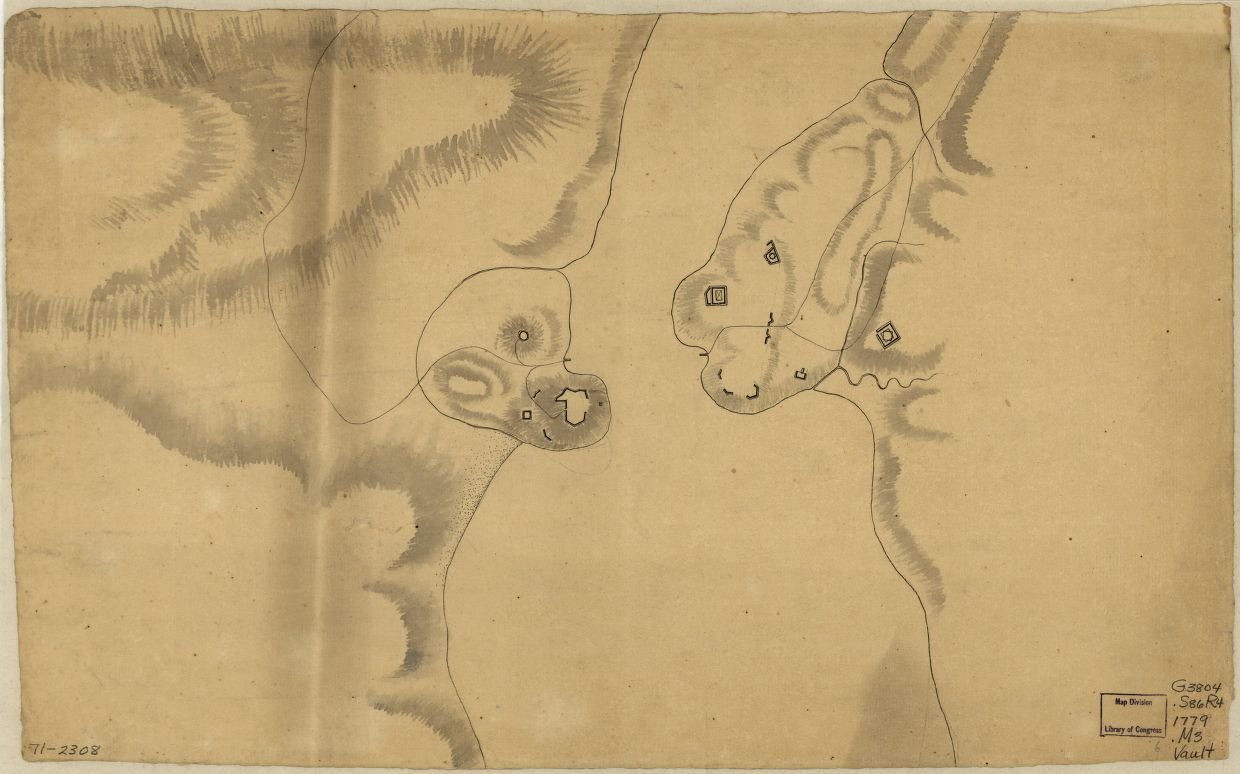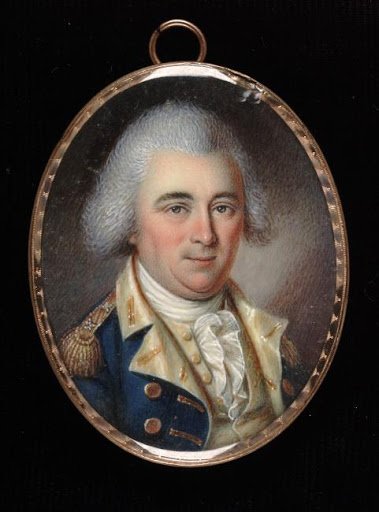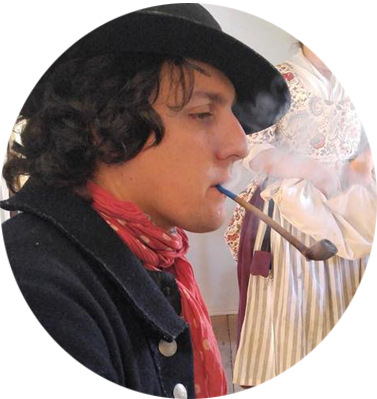Our Officers and Men Behaved Like Men Determined To Be Free
The Battle of Stony Point, Recreated

The night of July 15th, 1779 may have started out as a perfectly normal evening for the roughly 500 British soldiers and 70 women and children stationed at Stony Point. It would erupt into musketry and the clash of steel as American troops would surge over the earthworks.
“The works were manned by eight companies of the 17th Regiment of Foot, which had arrived in America in 1775 and were veterans of many of the major battles fought thus far; two companies of grenadiers from the 71st Regiment of Foot (Fraser’s Highlanders), another veteran regiment; sixty-nine men of the Loyal American Regiment, a regiment of Loyalists whose colonel lived twelve miles north of Stony Point; and a number of servants and artisans. In all, the garrison of Stony Point amounted to 564 men.” [2]. These men would be stacked against some of the finest troops the Congressional Army had to throw at them: Anthony Wayne's newly raised Corps of Light Infantry, consisting of four regiments of American troops drawn from all over the States. While the end goal was to secure a vital ferry crossing the Hudson, many consider this battle to be the beginning of the end of the American War of Independence.
The battle was short and brutal. Three columns would carry out the assault: one under the charge of Colonel Butler of Pennsylvania, one with Anthony Wayne, and a third column set out to act as a diversion under the command of Major Hardy Murfree.
Wayne's men set up on the north and south approaches into the post with Murfree in the center with his men. The assault began with Murfree's men firing into the works. The “Forlorn Hope” stormed forth with axes, cleared the abatis, and stormed into the British lines. The columns follow suit, charging forth with bayonets fixed.
As Anthony Wayne led his column up towards the works, he was struck in the head by a musket ball, grazing him but sparing his life. Febiger accepted the surrender on behalf of the American Forces, and the battle is over. [2]

This July we are hoping to recreate what is considered by many to be the “beginning of the end of the American Revolution”. From July 12-14th, American and British reenactors will gather at the Point and try our best to recreate what life might have been like for these men and women.
British forces will have the opportunity to fortify, laying out abatis and wooden fortifications. Women following the army will launder, mend, and ply their trades in the British held position. We hope to recreate what garrison life might have been like for these troops as realistically, accurately, and honorably as possible.
American forces of stout mind and body will be spending Friday a few miles away at Fort Montgomery. They will recreate the night before the assault: mastering the drill, preparing food, and seeing to their laundry and mending rendered by the American followers. Early Saturday morning, the American forces will march along the historical route of march to Stony Point! Fourteen miles through the woods and across the mountains.
The event is shaping up to be one of the best of this year. Reenactors as far west as Iowa, as far north as Maine, and as far south as the Carolinas are coming out to tell the story and bring to life those chaotic days in 1779.
Footnotes:
- Map of Stony and Verplanck Points on the Hudson River as fortified by Sir Henry Clinton June. [?, 1779] Map. https://www.loc.gov/item/gm71002308/.
- Anderson, Eric. ""Our Officers and Men Behaved Like Men Determined To Be Free": The Battle of Stony Point, 15-16 July 1779." The Campaign for the National Museum of the United States Army. July 16, 2018. https://armyhistory.org/our-officers-and-men-behaved-like-men-determined-to-be-free-the-battle-of-stony-point-15-16-july-1779/.
- James Peale, Major-General Anthony Wayne, ca. 1795, watercolor on ivory, Smithsonian American Art Museum, Bequest of Mary Elizabeth Spencer, 1999.27.41
 HAYDEN CONLEYJoseph Hayden Conley is currently attending Eastern Michigan University, pursuing a BA in Secondary Education History, He is an avid historian, with a particular love of American Light Infantry during the American Revolution and New Jersey troops during the American Revolution. He has worked for Fort Ticonderoga, as well as Mackinac State Historic Parks in Michigan. He has been apart of the living history community for over 10 years, and is a member of the 3rd New Jersey, Captain Bloomfields Company.
HAYDEN CONLEYJoseph Hayden Conley is currently attending Eastern Michigan University, pursuing a BA in Secondary Education History, He is an avid historian, with a particular love of American Light Infantry during the American Revolution and New Jersey troops during the American Revolution. He has worked for Fort Ticonderoga, as well as Mackinac State Historic Parks in Michigan. He has been apart of the living history community for over 10 years, and is a member of the 3rd New Jersey, Captain Bloomfields Company.

